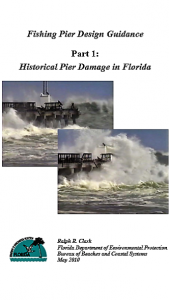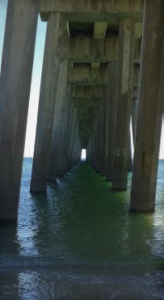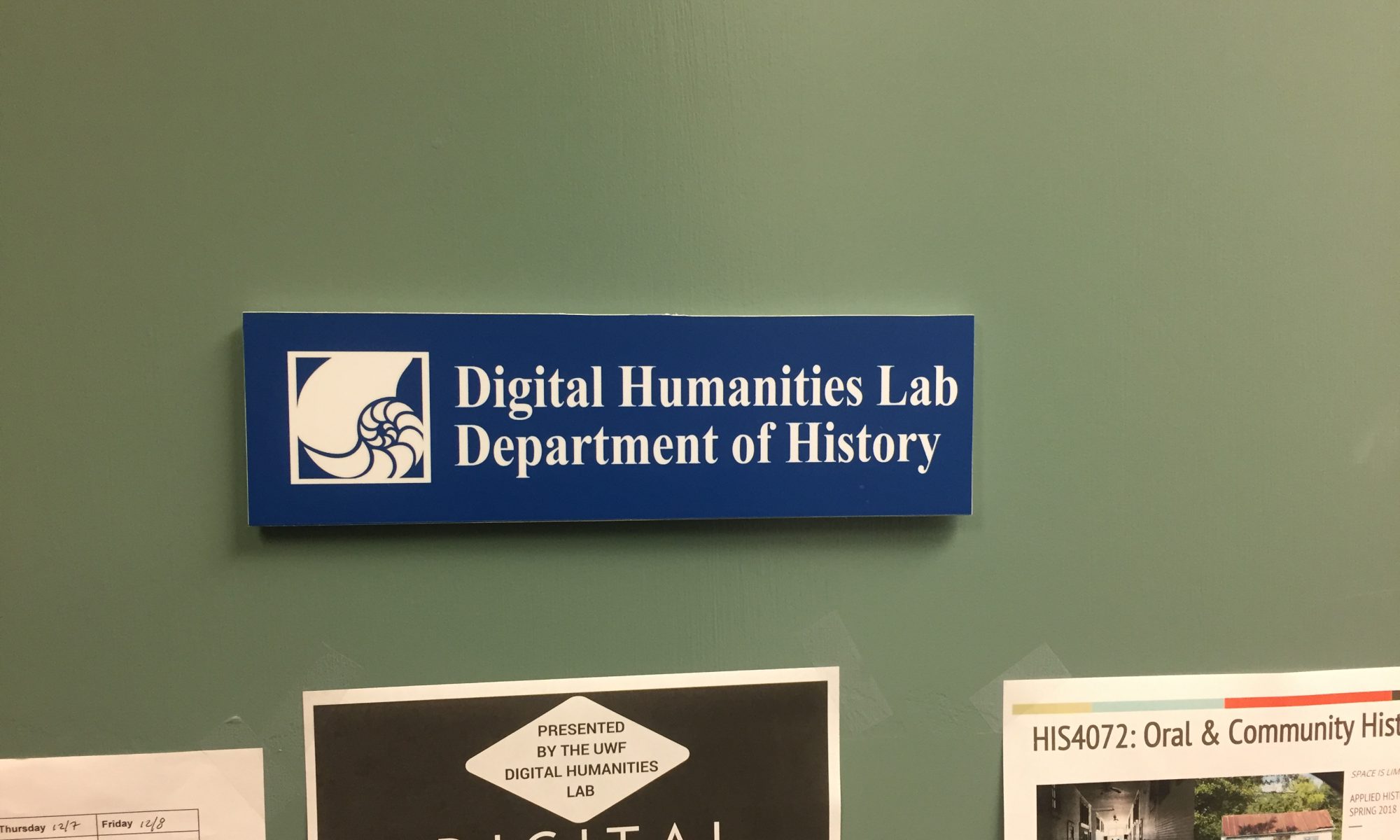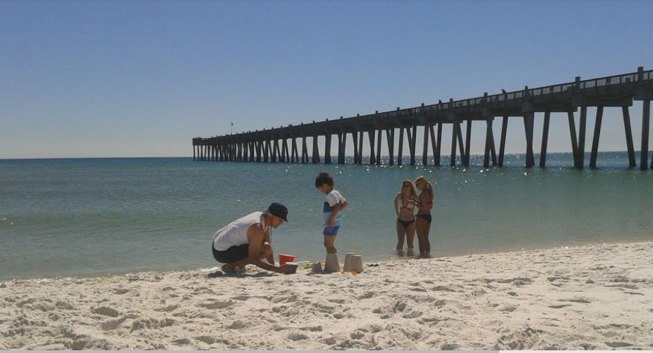
The Pensacola Bay Bridge opened for traffic in June 1931 and allowed tourists to motor to the new Casino Beach Resort on Santa Rosa Island. The ease of access allowed guests to celebrate together and usher in a new chapter in tourism and recreation opportunities for Escambia County businesses, citizens, and tourists. The Casino Resort developers built a pier into the Gulf of Mexico, creating both fishing opportunities and scenic viewpoints for guests. The wooden structure stretched 600 feet into the Gulf of Mexico, providing visitors with an exciting opportunity to view large schools of fish while casting their line from the pier. Families gathered together, under an expansive shade provided by the pier, while enjoying a day at the beach. The Pensacola Beach Fishing Pier soon appeared on postcards, and became a landmark, representing Pensacola in the living memory of residence and visitors.

Hurricane season became an important factor in the history of the Pensacola Beach Fishing Pier, standing as a natural target for storm surges and battering waves. The pier endured many powerful storms and underwent numerous repairs due to the destructive force of these tropical systems. In 1979, Hurricane Frederic challenged the integrity of the pier, entering the Gulf of Mexico as a Category 4 hurricane. The massive storm made landfall at the Dauphin Islands in Alabama, bringing hurricane force winds to Pensacola Beach. The Pier underwent substantial repairs due to Hurricane Frederic’s destructive winds recorded as 96 mph, and a storm surge measuring 9 feet above normal. In 1985, the pier again underwent repairs resulting from Hurricane Elena.

Hurricane Opal, in 1995, posed the biggest challenge to this large wooden structure hitting the pier with great force, producing substantial damage. Extensive damage prompted a decision to rebuild the pier in nearly the same location. Using stronger materials, and innovative techniques, the structure became more resistant to major weather events. The new pier design allowed visitors to enjoy the same beautiful view of Casino Beach, and invited fishing opportunities extending 1,470 feet into the Gulf of Mexico. The structure, upon completion, became the longest pier extending into the Gulf. This title, though no longer held by the Pensacola Beach Fishing Pier, will again belong to a Florida pier upon completion of a 1,540-foot pier at Navarre Beach, Florida. The storm surge of Hurricane Ivan in 2004, and Hurricane Dennis in 2005, brought additional challenges and damage to the pier, yet, its new, resilient design prevailed.
Recommended Readings
Clark, Ralph R. “Fishing Pier Design Guidance Part 1: Historical Pier Damage in Florida.” Florida Department of Environmental Protection. Bureau of Beaches and Coastal Systems. May 2010. 7-26. Accessed March 15, 2017. https://www.dep.state.fl.us/beaches/publications/pdf/PierRptPtI.pdf
Mayfield, Max. “Preliminary Report: Hurricane Opal 27 September-6 October 1995.” National Hurricane Center, NOAA. Department of Commerce. November 2, 1995. Updated September 9, 2014. Accessed February 18, 2017. http://www.nhc.noaa.gov/data/tcr/AL171995_Opal.pdf
Featured Image:
Ritzie, Diana. “Pensacola Beach Fishing Pier.” Photo. History Department. University of West Florida. March 2017.
Author: Diana Ritzie
ORCID ID: 0000-0001-6678-3157

